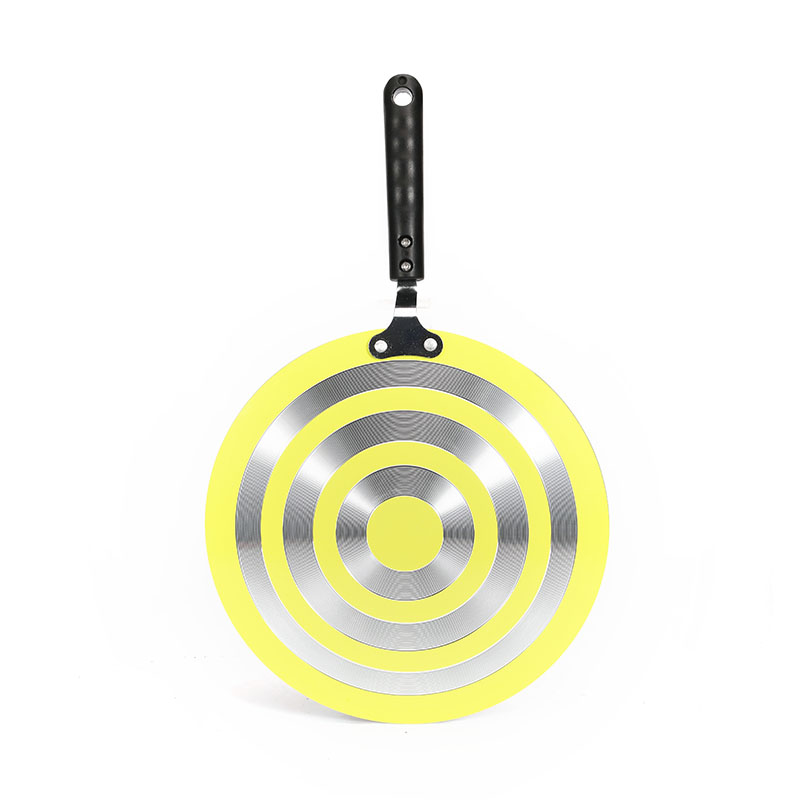Supply Wholesale Kitchen Skillet Cookware Exporter Producer

In today’s kitchens—especially among health-conscious consumers—there’s a noticeable shift toward low-fat or oil-free cooking. For cookware brands and retailers, this presents both a challenge and an opportunity. One product category often at the center of this trend? The humble skillet.
But can a skillet genuinely support oil-free cooking, or is that just clever marketing?
Why Skillets Matter in Oil-Free Cooking Conversations
Ask any chef or experienced home cook, and they’ll tell you: the skillet is one of the most frequently reached-for items in the kitchen. Its wide surface area, fast heat response, and — when done right — effective non-stick coating make it uniquely suited to tasks like sautéing, searing, or even pan-frying without relying on excess oil.
For consumers actively reducing fat intake (either for health or dietary reasons), this matters. A well-designed non-stick skillet can replicate the textures of traditional cooking with minimal or no oil, while maintaining the integrity of the food’s flavor.
Engineering and Material Choices That Enable Oil-Free Performance
Not all skillets are created equal — and this is where quality cookware makes a difference. Skillets with even heat distribution, durable coating layers (such as ceramic or PFOA-free PTFE), and warp-resistant bases reduce the need for oil as a cooking lubricant.
When the pan holds consistent heat and doesn’t have hot spots, there’s less risk of food sticking or burning — two of the main reasons cooks add oil in the first place. These technical features aren't just marketing buzzwords; they're performance indicators that directly impact cooking outcomes.
For Kitchenware Buyers: The Skillet as a Lead-In Product
For buyers or kitchenware category managers, positioning a non-stick skillet as part of a broader "healthy cooking" assortment can be a strategic move. It appeals to trends like clean eating, calorie-conscious meal prep, and plant-based diets — all growing sectors in the kitchenware retail space.
Bundling skillets with oven-safe pieces also opens the door to cross-sell opportunities. For example, a consumer might start a dish with a skillet sear, then transfer it to a ceramic casserole for baking — all within a coordinated cookware set.
A Cleaner Kitchen: The Hygiene Angle
There’s also a less-discussed but relevant advantage: cleanup. Oil-free cooking in non-stick skillets typically results in fewer greasy residues — a selling point for busy households and anyone who cooks frequently. Less scrubbing, less mess, and fewer lingering odors in the kitchen contribute to a more satisfying overall experience.



 Español
Español عربى
عربى

